Not just "baby, it's hot out there," hot. But a relentless, mind-numbing, hovering-around-100-degrees-every-afternoon kinda HOT.
(yeah, yeah I know you're probably sick of listening to me grumble about the heat - thankfully it is due to break soon and then I'll stop whinging)
In the meantime, my Big Cooking Adventure last week was to poach a load of chicken breasts in the coolest part of the day possible (around 1:30 am, with my current schedule) and come up with clever ways to use them in meals that don't require even getting near an oven.
My solution: Chicken Salad.

Lemony Chicken Salad with Zucchini, Dried Cranberries and Almonds
serves 4
- 1/3 cup dried cranberries
- 4 tablespoons extra-virgin olive oil, divided
- 1 garlic clove, thinly sliced
- 1/8 teaspoon ground cumin
- finely grated zest of 1 lemon, plus juice of 2 lemons
- salt and freshly ground pepper
- 3 medium zucchini (2 pounds), cut into 3-by-1/2-inch sticks
- 1 large shallot, minced
- 2 poached skinless, boneless chicken breasts, cut or shredded into large pieces
- 1/4 cup whole, blanched almonds
- 2 cups lightly packed arugula
Add the zucchini and cranberries and toss to coat. Let stand at room temperature for 2 hours, stirring occasionally.
Meanwhile, in a shallow glass or ceramic dish, combine the minced shallot with 2 tablespoons of the olive oil and the remaining lemon juice. Add the chicken pieces and stir to coat thoroughly with the marinade. Cover and refrigerate for 1 hour.
In a small skillet, toast the almonds over moderate heat until golden brown. Cool and chop.
Add the chicken with its marinade, the chopped almonds and arugula to the marinated zucchini and cranberries. Toss everything together.
Serve immediately.
~~~~~~~~~~~~~~~~~~~~
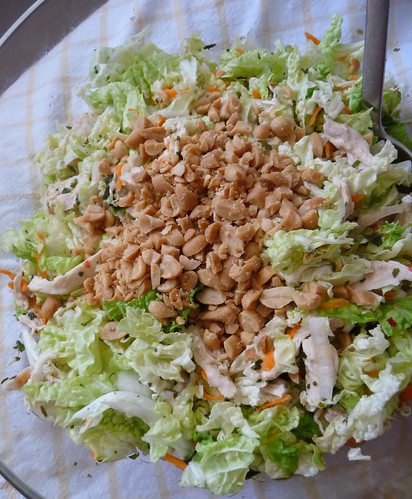
Vietnamese Chicken and Cabbage Salad (Goi Ga)
serves 4
Dressing
- 1 small, red chili, minced (and seeded if you want to temper the heat)
- 1 clove garlic, minced
- 1 ½ tablespoons sugar
- 3 tablespoons freshly squeezed lime juice
- 2 tablespoons fish sauce
Set aside.
Salad
- 1 pound skinless, boneless chicken breasts
- 4 cups (8 ounces) finely shredded Napa cabbage
- 1-2 carrots, peeled and shredded
- 1 red onion, thinly sliced
- 1/2 cup fresh mint, slivered
- 1/4 cup fresh cilantro, slivered
- 2 tablespoons unsalted and roasted peanuts, chopped (optional)
When cool enough to handle, tear the meat into long, thin pieces and place in a large bowl. Add the shredded cabbage, carrot, onion, mint and cilantro to the bowl.
Pour the dressing over and mix everything together.
Serve immediately, garnished with the optional peanuts.
.
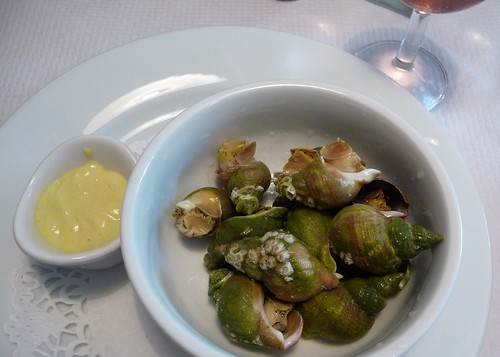

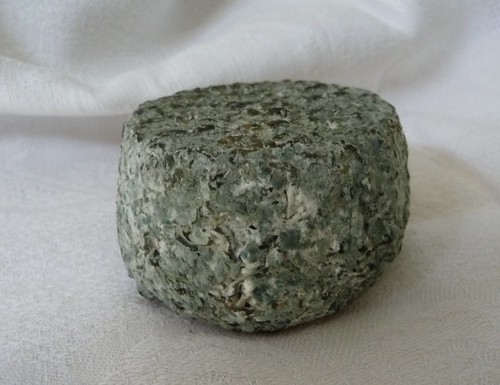
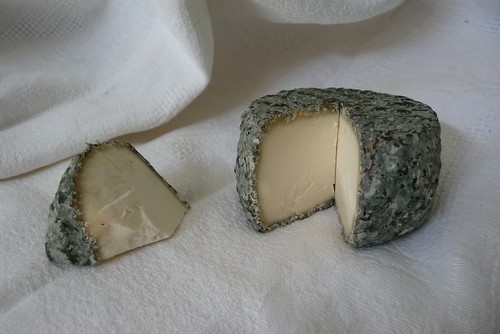




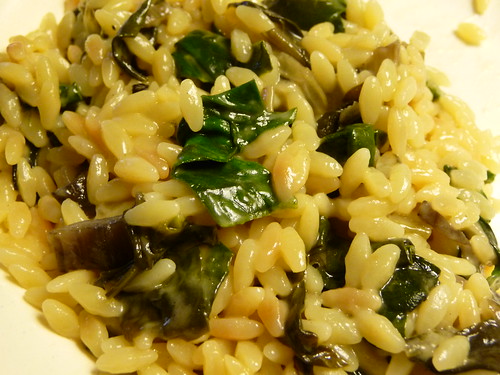





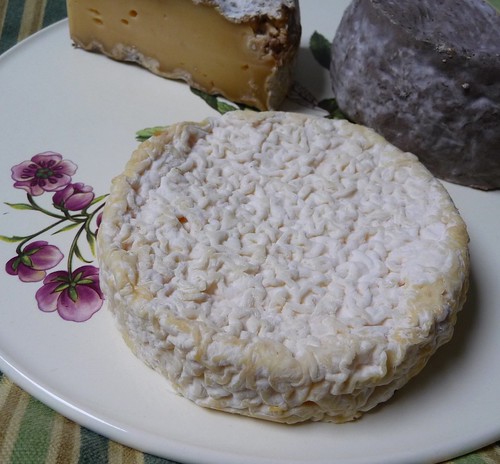

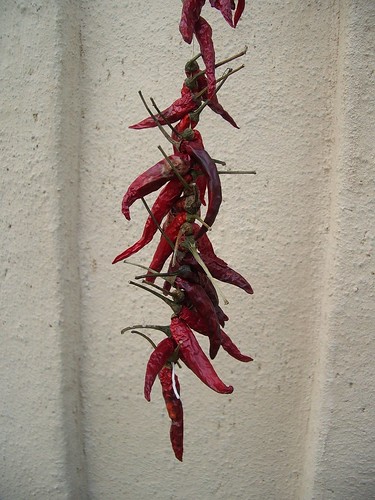
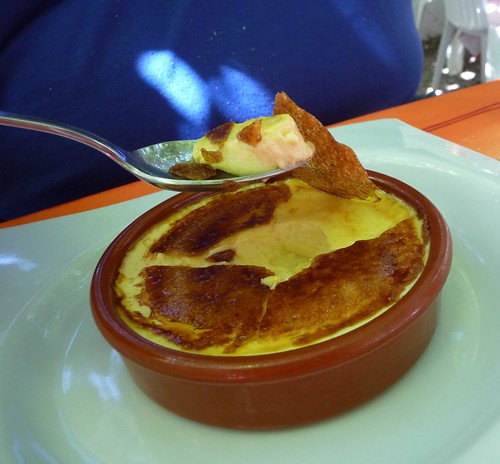
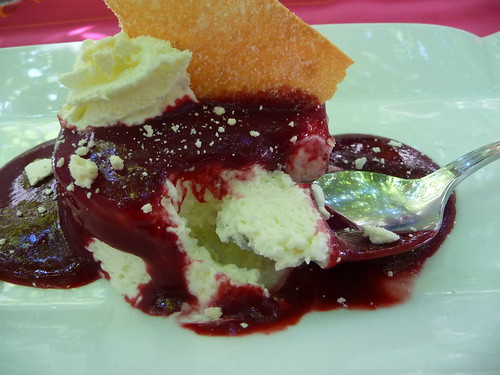
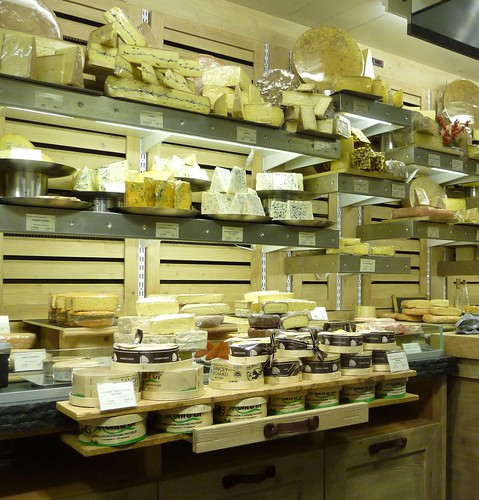

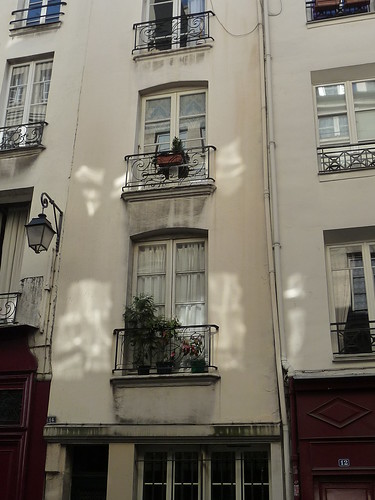
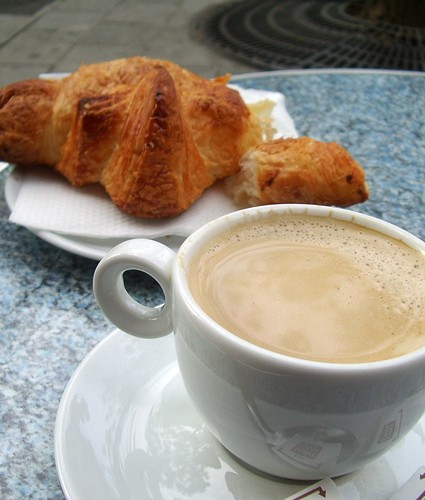


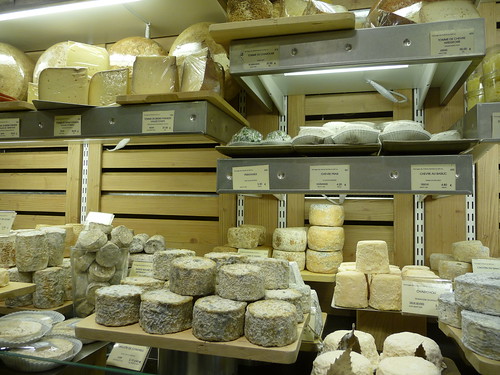
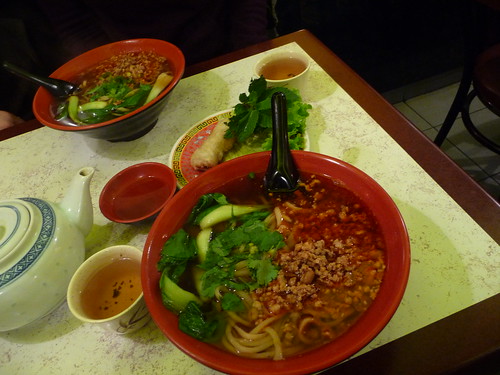
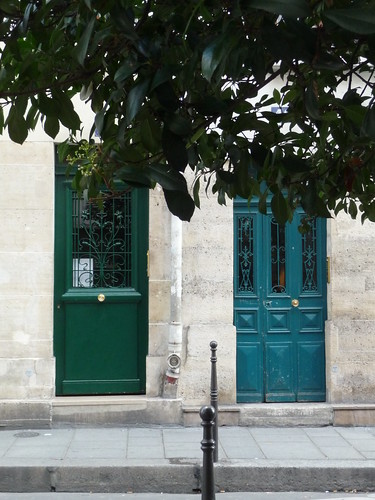










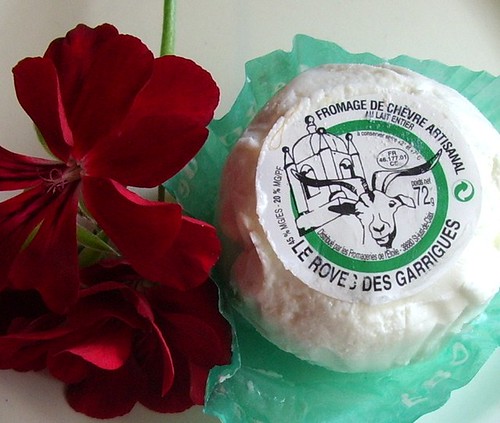
 The building where I live was build in 1865. I found in a brocante a postcard dated 1906; I blew it up and framed. On the left, my building. The trees, that reach the 2nd floor in the postcard, are very high now, they reach the 5th floor! Today the train tracks have disappeared - and the horses too!
The building where I live was build in 1865. I found in a brocante a postcard dated 1906; I blew it up and framed. On the left, my building. The trees, that reach the 2nd floor in the postcard, are very high now, they reach the 5th floor! Today the train tracks have disappeared - and the horses too!  I live in the 2nd fl (American 3rd) of the building, right above Le Congres, as the restuarant is now called. In this Hausmann style architecture, the 2nd and 5th floors have balconies. This picture shows my side balcony along the boulevard.
I live in the 2nd fl (American 3rd) of the building, right above Le Congres, as the restuarant is now called. In this Hausmann style architecture, the 2nd and 5th floors have balconies. This picture shows my side balcony along the boulevard. At the turn of the century, the restaurant in the ground and first floor, called then La Rotonde, got permission for an extension in front.
At the turn of the century, the restaurant in the ground and first floor, called then La Rotonde, got permission for an extension in front.  The roof of the round extension is ... my deck!! Here is my living room as seen from the deck in the evening.
The roof of the round extension is ... my deck!! Here is my living room as seen from the deck in the evening.


